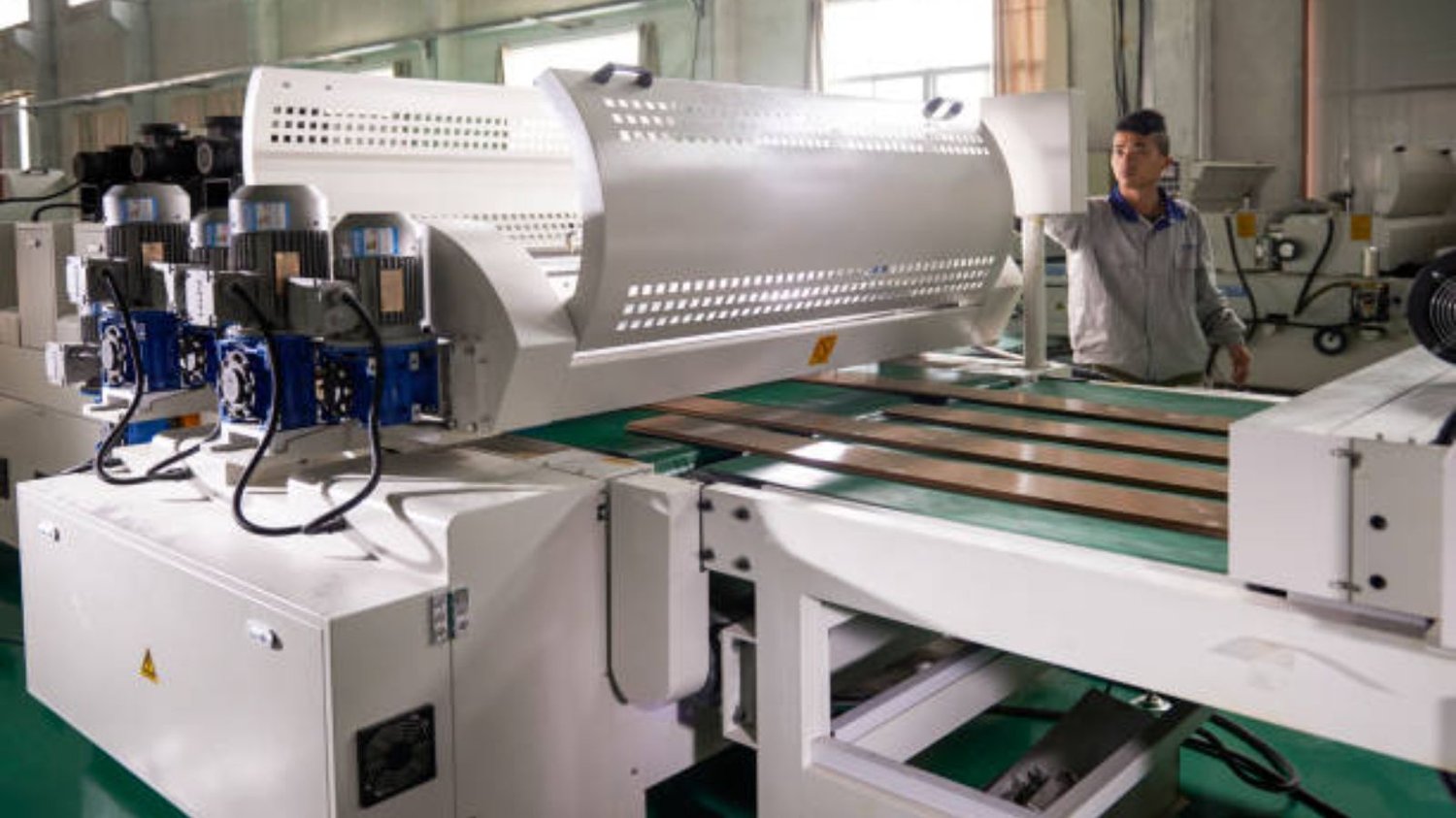Introduction
Coil straightening is a crucial process in the manufacturing of many industrial and consumer products, from automotive parts to electrical equipment. One of the essential tools used for coil straightening is a coil straightener, also known as a leveler. This machine uses distinctive techniques to transform irregular metal sheets into uniform shapes that meet specific requirements and standards. In this article, we'll take a closer look at how a coil straightener works.
The Basics of Coil Straightening
Before we dive into the coil straightener's mechanics, let us first understand what coil straightening is all about. Coil straightening is the process of straightening metal sheets or coils to improve their flatness and levelness. This process ensures that the metal is uniform in shape and thickness, making it easier to handle and process.
Coil Straightening Techniques
There are two primary coil straightening techniques: flexible roll and precision leveling. The flexible roll method uses sets of rolls to flex the metal sheet to remove distortions. On the other hand, precision leveling utilizes a series of corrective actions to remove shape and flatness issues across the metal sheet.
Inside a Coil Straightener
A coil straightener consists of an uncoiler unit, pinch rollers, straightening rollers, and a recoiler unit. The uncoiler unit feeds the metal to the straightener, while the pinch rollers ensure the metal stays in place and is fed correctly. The straightening rollers work to remove the metal's stress and shape imperfections, ensuring it is in its desired shape and flatness. The recoiler unit then collects the straightened coil back into a roll.
The Straightening Process
The straightening rollers in a coil straightener use a combination of pressure and tension to eliminate flatness and shape issues in the metal. The rollers apply pressure to push high points down while pulling the edges to lengthen the metal sheet's shorter sections. The process achieves uniformity in the metal's shape and thickness.
Coil Straightening Precision
The precision of a coil straightener is measured in terms of the thickness tolerance and flatness deviation of the output material. The thickness tolerance is the difference between the maximum and minimum thickness of the metal, while the flatness deviation measures the variations in the flatness of the metal sheets. A high-quality coil straightener will produce narrow thickness and flatness tolerances.
The Importance of Coil Straightening
Coil straightening has significant implications for the finished products' overall quality in various industries. Straightened metal sheets ensure uniformity and accuracy in the finished product's shape and size, making them more precise and functional. Coil straightening also improves the metal's mechanical properties, such as strength and durability, by reducing stress concentrations.
Choosing the Right Coil Straightener
Several factors determine the type of coil straightener to use in different manufacturing processes. These include the thickness and width of the metal sheet, the level of precision required, and the quality of the final product. It is essential to choose a machine that meets these requirements.
Maintenance and Safety
Maintenance and safety are crucial considerations in the use of a coil straightener. Regular maintenance ensures that the machine runs at peak performance, while proper safety measures prevent accidents and injuries. Personnel operating the machine should be adequately trained and follow the manufacturer's guidelines to avoid any hazards.
In Conclusion
A coil straightener is a vital machine in the manufacturing industry. It is used to ensure that metal sheets and coils achieve uniformity, accuracy, and durability. Choosing the right coil straightener and maintaining it correctly is essential for safe, efficient, and quality production.

